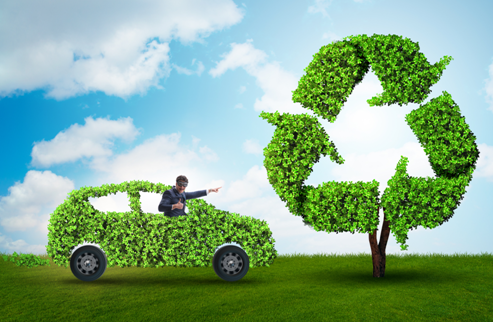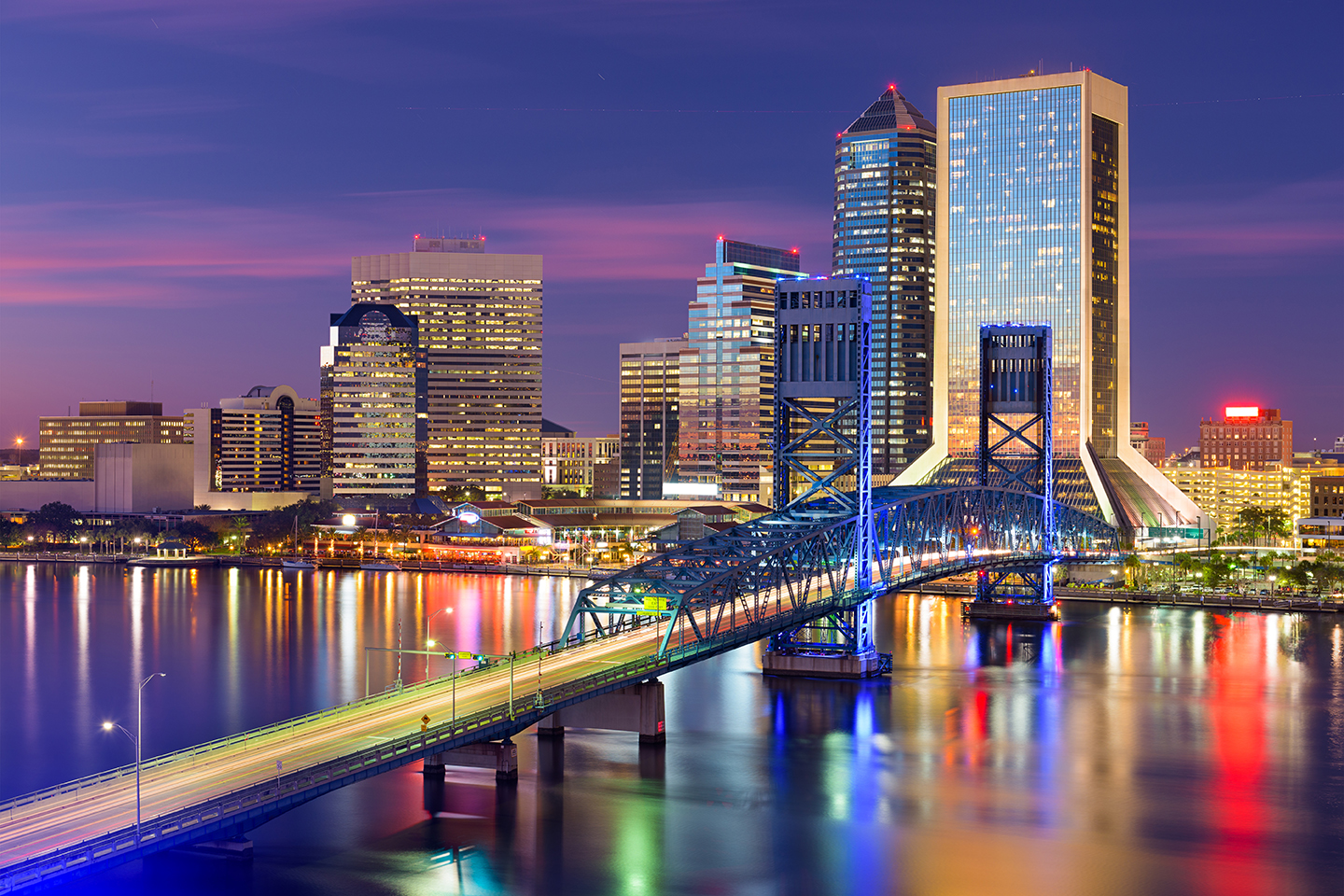 In honor of “Keep America Beautiful” Month, we would like to recognize the benefits of repurposing, recycling, and salvaging vehicles. In addition, we are also looking at the cities that are car-free friendly via their walkability and bikeability scores. Walkability being how easy it is to walk about the city and bikeability being how easy it is to bike in the city. Below we look at the top ten cities for walkability and bikeability.
In honor of “Keep America Beautiful” Month, we would like to recognize the benefits of repurposing, recycling, and salvaging vehicles. In addition, we are also looking at the cities that are car-free friendly via their walkability and bikeability scores. Walkability being how easy it is to walk about the city and bikeability being how easy it is to bike in the city. Below we look at the top ten cities for walkability and bikeability.
The Most Recycled Item: The Automobile
The vehicle is the most recycled item in the United States. The benefits of recycling vehicles are significant. The practice of doing so is described as vehicle recycling or salvage.
What is Automotive Recycling
Recycling – when a vehicle is dismantled for parts and prepared to be crushed, scrapped and sorted. The car recycling procedure is a complicated process that must address and hazardous materials and environmental impact.
The 7 Steps to Recycling a Vehicle
- Start Engine
- Find any leaks
- Drain the fluids from the vehicle – motor oil, transmission fluid, brake fluid, antifreeze
- Remove the battery and propellant from the airbags
- Remove the reusable pieces from the vehicle
- Old parts are used to build new cars or to repair cars
- The vehicle is then crushed and recycled
Metrics
- $22B in revenue from recycling
- 13 Million new vehicles from the steel of recycled vehicles
- $3.3B in total annual payroll via jobs in auto-recycling
- 25 Million tons of material from recycled vehicles per year
The Benefits of Auto Recycling & Salvage
- Recycling auto parts reduces manufacturing and saves space in landfills.
- Salvaging steel is eco-friendly because almost 100% of a vehicle’s steel is recyclable.
- Each year, 18M tons of steel are melted down and reused.
- Regardless of how many times the steel is recycled and reused – steel never loses its strength.
- The steel mining process creates pollution, which threatens wildlife – recycling protects animals.
- Manufacturing vehicles contributes to greenhouse gasses in the air; therefore, recycling vehicles in anyway helps reduce greenhouse gasses
The Top 10 Cities to Live Without a Car
In 2017, highway vehicles accounted for 31.4% of all the carbon monoxide and 34.3% of all nitrogen oxides pumped into the air in the United States. 4
Wondering if you really need a car? If you live in one of the following cities – maybe not!
#1 New York
- Walkability is #1 in the U.S.
- #9 in Bikeability
- Transit Options: The Metropolitan Transit Authority (MTA) network is the largest bus fleet in the U.S. and the extensive subway and commuter rail cars keeps up with the growing population
#2 San Francisco
- Walkability is 3rd in the U.S.
- Great Bikeability
- Transit Option: BART
#3 Boston
- Walkability is 4th in the U.S. – known as “The Walking City”
- Bikeability is OK
- Transit Options: MBTA aka the “T,” buses, ferries in select harbors, UBER and Lyft have reasonable fares – plus Membership options, and the Rail, which goes to distance locations
#4 Chicago
- Exceptional Walkability
- Bikeability is good and friendly with views
- Transit Options: Chicago Transit Authority bus, train, or water taxis
#5 Washington, D.C.
- Walkability is good within the neighborhoods
- Bikeability is good with plentiful bike paths
- Transit Options: Washington, D.C.’s Metro service, WMATA, offers both rail and bus options and stretches out to suburbs allowing people to work in the city.
#6 Jersey City
- Walkability is #2 in the U.S.
- Bikeability is not good
- Transit Options: PATH subway, Hudson Bergen Light Rail or the NJ Transit Buses
#7 Philadelphia
-

Buildings at Penn Square at night, in Pennsylvania.
Walkability is 7th in the U.S.
- Bikeability is OK
- Transit Options: The Seasonal Philly local attractions and the vast public transportation network of the Southeastern Pennsylvania Transportation Authority (SEPTA)
#8 Minneapolis
- Reknown Walkability – the city has the largest skyway system in the world – stretching 8 miles with climate-controlled walks
- #1 in Bikeability
- Transit Options: Metro Transit – bus, light rail and commuter rail services
#9 Seattle
- Great Walkability
- Bikeability is convenient for most trips
- Transit Options: Sound Transit, Link light rail – from the SeaTac International Airport to downtown Seattle, the Sounder train extends to Tacoma, the south, and Bellingham to the north, ferry transports, and buses/streetcars
#10 Miami
-

Florida, USA downtown city skyline.
Great Walkability
- Bikeability is limited
- Transit Options: Metrorail, Metromover, Metrobuses, and trollies
1 https://nearsay.com/c/254623/220220/5-environmental-benefits-of-auto-parts-recycling
2 https://www.arscars.com/environmental-impact-auto-recycling/
3 https://www.habitat.org/stories/top-10-cities-where-you-can-live-without-car-and-help-save-earth

